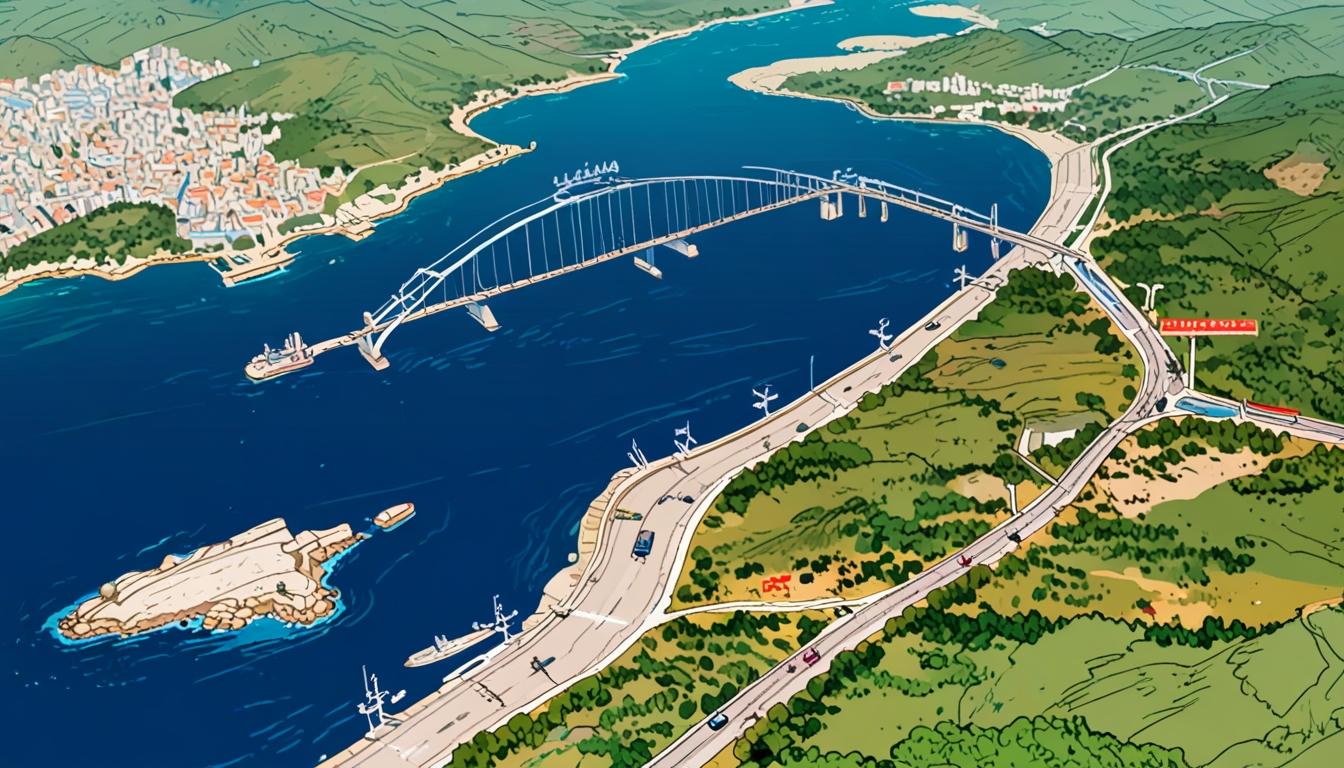Crimea, a peninsula with deep historical and strategic significance, remains a focal point of geopolitical tension following its annexation by Russia in 2014. The peninsula was seized by Russian forces amid a covert operation involving Russian spetsnaz special forces, leveraging the Russian naval presence in Sevastopol. This event marked the beginning of a broader conflict that intensified into Russia's full-scale invasion of Ukraine in 2022.
The region's strategic importance lies in its control over the Black Sea and the Sea of Azov, granting naval dominance to its holder. Aside from Tartus in Syria, Crimea represents Russia’s only warm-water port, a critical asset for military and economic ambitions. Sevastopol, Crimea’s principal naval base, serves as the hub of Russia’s Black Sea Fleet operations.
Crimea has a complex identity shaped by centuries of shifting control and demographic changes. Although the territory was ceded to Ukraine in 1954 by the Soviet Union, it has a predominantly Russian ethnic and linguistic makeup, resultant from long-term Russian settlement and the displacement of local populations, including Crimean Tatars. Its historical legacy includes episodes such as the Holodomor famine and mass deportations under Soviet rule, events which are often eclipsed by narratives within Russia.
The Kremlin's annexation of Crimea was widely condemned as illegal, yet it is firmly embedded in Russian policy. Russian President Vladimir Putin has justified the takeover by citing protection for Russian-speaking residents and historical claims. The annexation provided a springboard for separatist movements in Ukraine’s eastern regions, including Donetsk, further complicating the conflict.
Crimea’s capture in 2014 was a precursor to the more extensive armed conflict that erupted eight years later. The peninsula has since been fortified with infrastructure such as the Crimean Bridge, linking it directly to the Russian mainland and facilitating the movement of troops and supplies for Russia’s military operations in Ukraine.
Despite the destruction of much of Ukraine’s conventional naval capabilities in Crimea, Ukraine has adapted its tactics, employing missile strikes and drone technology to challenge the Russian Black Sea Fleet. Notably, the sinking of the Moskva, Russia’s flagship in the Black Sea, marked a significant shift in naval power dynamics in the region.
The current situation remains precarious. Crimea continues as an operational centre for Russian missile launches against Ukraine and serves as a crucial defensive and command base for Russian forces. The Kremlin’s control over Crimea is pivotal to its military strategy in the ongoing conflict.
Former US President Donald Trump’s stance on Crimea highlights the international divisions over the territory. Trump has argued that because Russia captured Crimea without significant resistance in 2014, it should remain under Russian control. Following a deadly attack on Kyiv, he publicly called on Putin to halt airstrikes, expressing a desire for the war to end regardless of the territorial or historical implications for Ukraine.
The Independent is reporting that Crimea’s role in this conflict is emblematic of larger geopolitical struggles, where history, ethnicity, and military strategy converge. As the war continues, Crimea remains a symbol of contested sovereignty and a strategic prize for Russia in its broader campaign in Ukraine.
Source: Noah Wire Services
